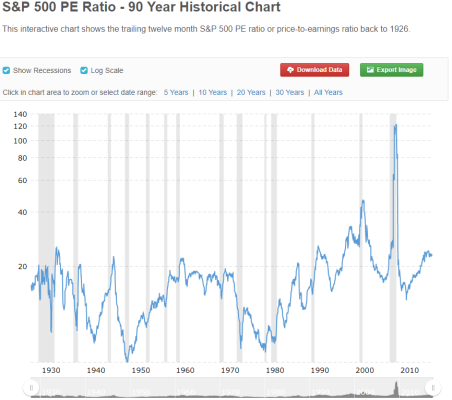audreyh1
Give me a museum and I'll fill it. (Picasso) Give me a forum ...
Seems like if you’re not terribly greedy, you could get back in at 10% down and boost your returns that way. The problem is you may call a peak, get it wrong and miss out on 10% while your money sits on the sidelines. There’s no way to consistently get it right.
In 2008 you caught a bunch of falling knives using this method.
Ask me how I know
 - rebalancing triggers actually, but essentially the same.
- rebalancing triggers actually, but essentially the same.Thus folks waiting to get back in usually wait for signs of stabilization and the some appreciation before getting back in.
But then there is always the fake out dead cat bounce......
Calling bottoms is really, really, really hard.

